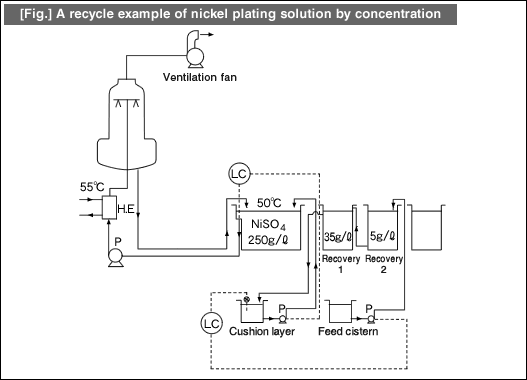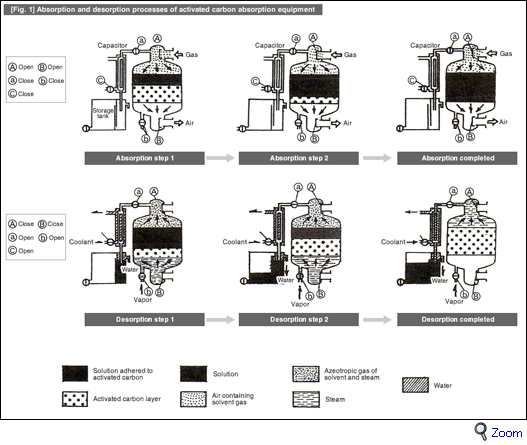Even when you manufacture products that ultimately save resources and energy, it is not acceptable to waste resources or energy during the manufacturing processes. The surface treatment plant not only has the environmental conservation measures but also has resource and energy-saving measures for the corresponding processes. Here is the list of adopted measures.
| 1. | Most of the water discharged from surface treatment processes was used for washing and cleaning. Therefore, adopting an effective water washing method can save water resources. | |
| 2. | Reducing the water usage also reduces the discharge amount of water. This also decreases the burden of effluent treatment. | |
| 3. | Discharged water from this process contains valuable substances. Recovering and recycling these substances can save resources. | |
| 4. | Purification of discharged water is an overriding imperative in terms of the environmental conservation. Therefore, adopt an advanced process of removing impurities and recycle water. This process can eliminate water drainage in some cases. | |
| 5. | If it is not possible to recycle the metals collected from discharged water containing valuable substances at your own plant, send them back to mine processing facility such as a refining plant for recycling. | |
| 6. | Utilize waste heat generated during the processes or natural environments to recycle them as heat sources for heating, drying, cooling, and more. |



